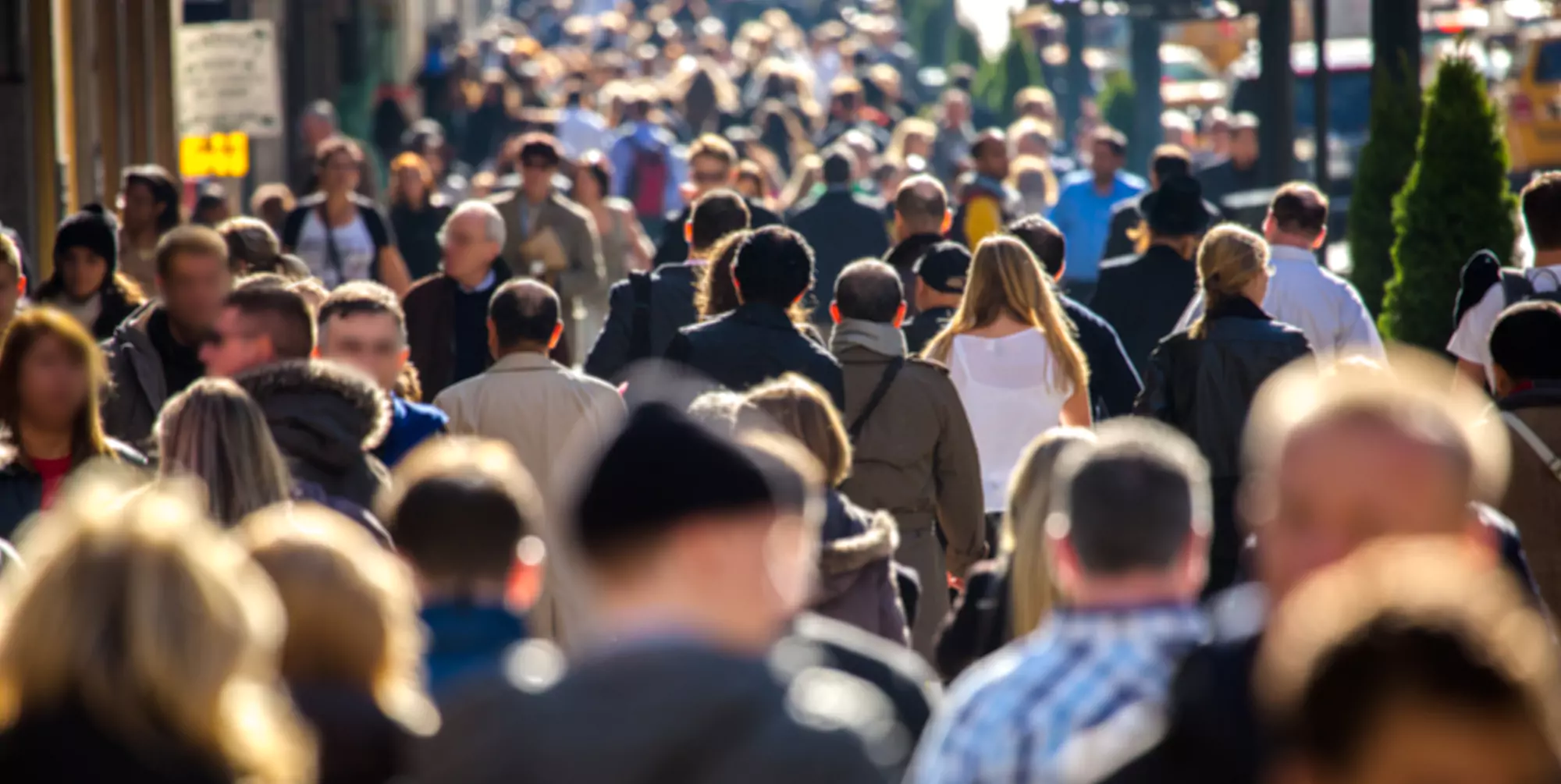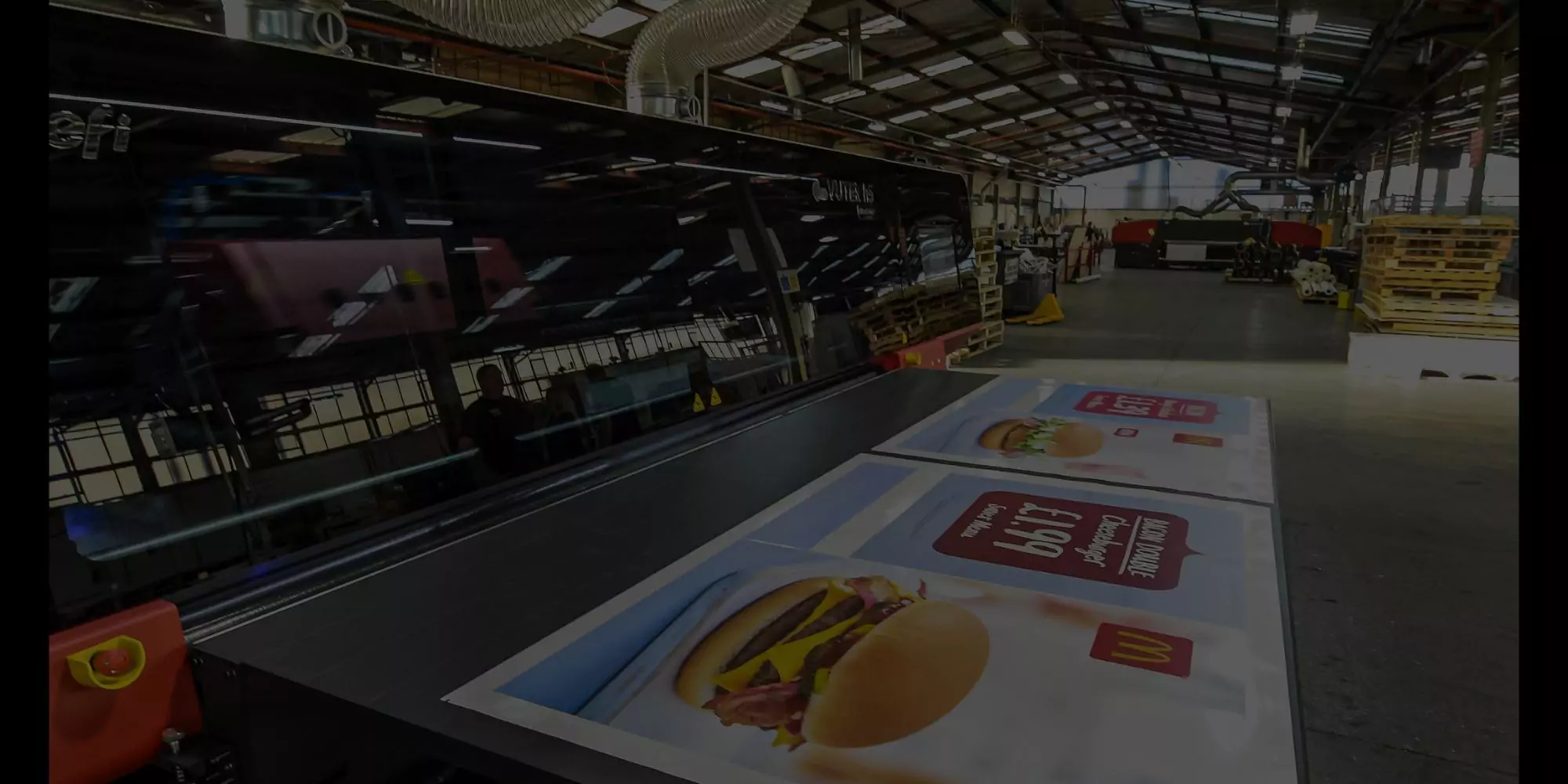
Similar to our 2014 retail trends article, this year’s looks at the emerging developments affecting the UK retail industry in 2015.
View Top 5 retail trends for 2014 article
In 2014, we were told that retailers who are agile and adapt themselves to reach the powerful ‘connected customer’ through omnichannels would be the winners of 2014. Whilst heightened consumer expectations would give rise to improved store experience, hyper-targeting and evolving digital technology.
In 2015, the trends we\’ve seen in the past few months are likely to accelerate, so keeping ahead of the competition will allow you to make better decisions and provide an all-round improved experience for your customers.
1. Are consumers demanding the full omnichannel experience?
Consumers don’t distinguish between channels, they expect the same level of service, products, offers and pricing irrespective of whether they are browsing in-store or online. Omnichannel has been the buzzword for a few years now, but it is acknowledged that very few UK retailers are doing it well.
Evidence of a brand embracing omnichannel is Burberry. They arm store employees with tablets to enrich customer interaction by providing more detailed product information or ordering online if stock isn’t available.
Other omnichannel consumer demands that are here to stay are; click-and-collect, shorter 90-minute deliveries, and improvements in IT systems and supply chain management.
The challenge for the 2015 retailer is to make sure that your retail propositions are consistent across multiple channels and appeal to all shoppers whilst balancing economic pressures, budget and time constraints.
2. Will mobile continue to grow in every direction?
Mobile usage is on the rise and increasingly features in the customer journey – but the use of mobile is likely to vary between consumer, product, brand and purchase location. A few years back, a consumer might browse prices online, visit the store to examine the product and then go back online to make a purchase. The opportunity for a retailer here is to capture them in-store before they go back home to make the purchase with a competitor.
An ideal example of encouraging this would start with printed posters that used image recognition technology, which would allow the customer to scan and purchase the product via their mobile, choose delivery and add to their loyalty points.
Other mobile predictions for 2015 include; beacons, augmented reality, loyalty point apps, mobile ordering and mobile payment solutions in-store. But the key thing to note is that all these new technologies will only work if people want to use them.
3. Reverse showrooming fights back
Showrooming is where a consumer enters a store to review merchandise and then purchases the product from an online competitor or at a lower price. However, Business Insider has reported that 69% of shoppers admit to doing the practice of ‘reverse showrooming’, a practice whereby retailers are encouraging consumers to use their smartphones to purchase online from them right there in the store.
The physical store is a space that can offer so much more that just selling the merchandise. It is an opportunity to immerse the consumer even more into your brand through tactics such as knowledgeable sales staff, click and collect points, online browsing hubs for consumers to order through and brand apps that push discounts. This year will see bricks-and-mortar stores challenging themselves to adopt similar tactics.
4. Know your customer
If you take a look at the retail industry in the 1900s, shopkeepers knew each and every customer, what they bought, how often, their preferences and more! These days, consumers are a line in a huge database and retailers are constantly trying to catch up with them through digital programs such as loyalty schemes.
It’s not just about providing a personalised experience; it’s about being where your customers want you to be and when they need you to be there. It’s about making your customer’s lives easier and providing them with enriched offline and online buying journeys. It’s about research upon top of research to find out what makes your customers’ tick and why. Make customer experience your passion for 2015.
5. The future of online is offline
2014 saw an increasing number of online merchants dipping their toes in the bricks-and-mortar store world by setting up physical premises, pop-up shops and letting short-term spaces. Online growth has slowed in recent years, meaning that retailers are looking elsewhere in order to be competitive and gain significant market share. The flip side to this is that the high street will become a lot more competitive for the traditional offline retailers.
- Oak Furniture Land started as an eBay retailer over 10 years ago, then moved to an ecommerce website and has since been opening stores up and down the country to keep up with demand. The company has reported that 65% of its trade is completed in-store.
- N Brown Group launched online brands Simply Be and Jacamo to the high street with a flagship store on London’s Oxford Street.
- Cambridge Satchel Company launched its first store in Convent Garden in 2012 and now has four stores in London, Cambridge, Glasgow and Edinburgh.
- Online retailer Amazon has launched a locker service that allows buyers to pick up their online purchases from a self-service delivery location, convenient for people who don’t have access to post office or Collect+ opening hours.


